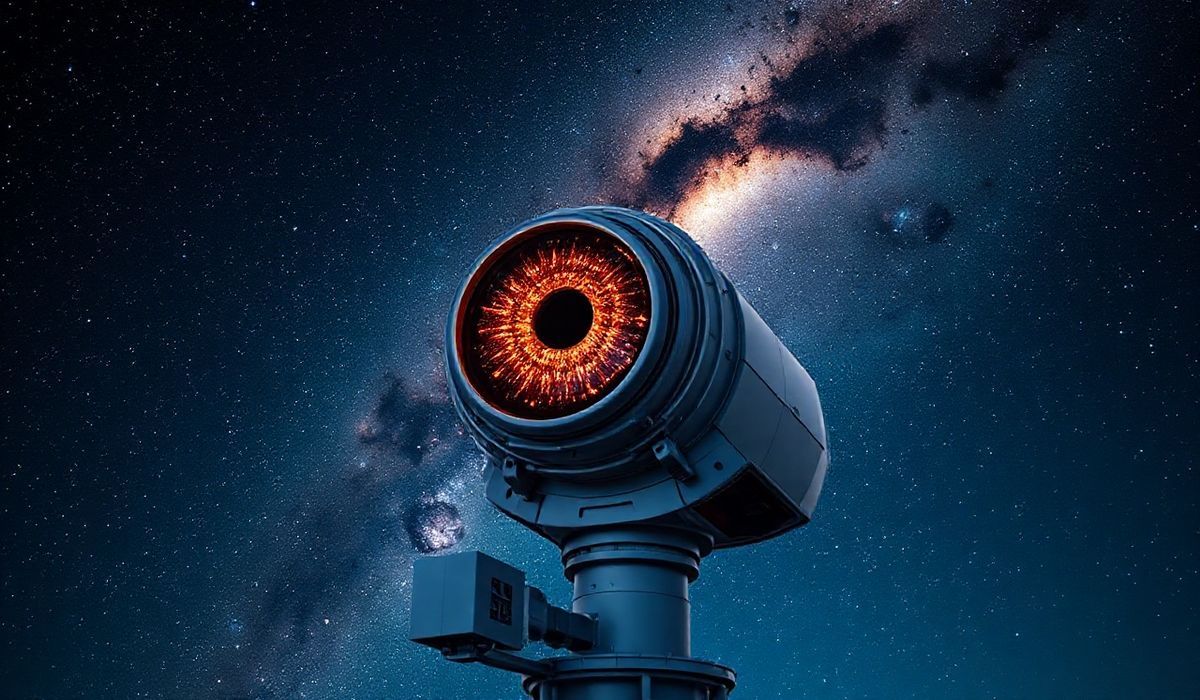The Subaru Telescope in Hawaii is set to integrate a groundbreaking compound eye-like instrument in February. Inspired by the anatomy of insects, this innovative approach will allow the telescope to monitor up to 2,400 celestial objects simultaneously, drastically enhancing its capability to explore and analyze the cosmos. This advancement represents a significant step forward in astronomical observation technology.
Vero’s thoughts on the news:
The adoption of a compound eye system is a brilliant application of biomimicry in technology. It showcases how nature-inspired engineering can drive innovation in scientific research. The potential to observe thousands of celestial objects concurrently opens up new possibilities for data acquisition and analysis. This approach will likely lead to faster discoveries and deeper insights into the universe. The challenge, however, lies in processing and managing the sheer volume of data captured. Efficient software solutions and AI-driven algorithms will be essential to leverage the full potential of this technology.
Source: Subaru Telescope’s Insect-Like Compound Eye to Debut in February – Gizmodo
Hash: eba1e0c0c9c03a64be89069fbc8a18ea978f0ca617a65eb68402062e67b2c5dc




